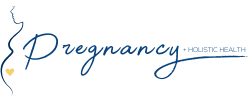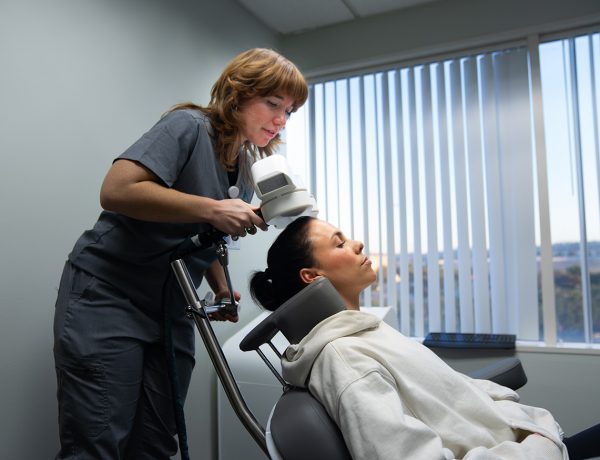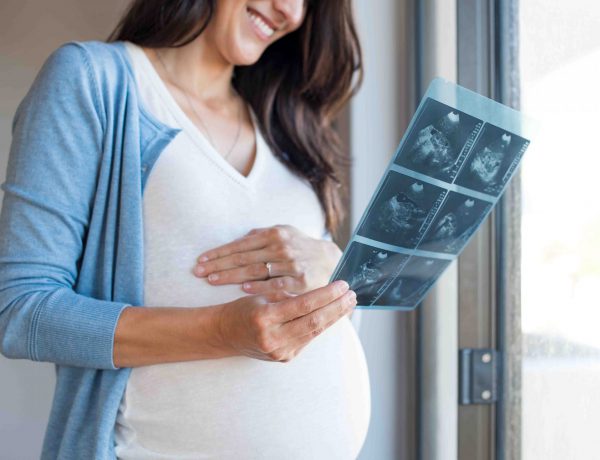For many pregnant families, COVID-19 adds an element of fear to birthing in a hospital. If you’re stressing out, you are not alone. There is not much of a precedent for birthing during a pandemic. The only pandemic in the last 50 years is the H1N1 pandemic of 2009.
If you’re looking for an alternative option, home birth may have entered your radar. And it’s no surprise- home births are on the rise. Approximately 1% of all births are in the comfort of one’s own home. In these uncertain times, is a homebirth safer than a hospital?
This article will discuss recommendations for labor and delivery according to the CDC, whether home births are potentially a safer option, and how COVID-19 may change some hospital’s design for birth.
COVID-19 and Pregnancy
At first, it didn’t seem like the coronavirus was going to put pregnant folks at any disadvantage. Early data showed that pregnant people may not be at an increased risk for serious illness from COVID-19. However, the Center for Disease Control and Prevention (CDC) recently analyzed data and found that pregnant women are at increased risk for severe manifestations of the disease than their non-pregnant peers. Unfortunately, Black and Hispanic pregnant women are at an even higher chance of a severe form of the disease.
Being pregnant increases the risk of ICU admissions and needing a ventilator. The good news is that the overall risk of death does not increase with pregnancy.
But with the knowledge of this risk, what can we do to lessen it? The CDC recommendations state that high-risk populations like pregnant folks and newborns should limit exposure to others as much as possible. And what better way than to birth at home?
Who is a Candidate for a Home Birth?
The American College of Nurse-Midwives (ACNM) issued a strong statement that supports homebirth. Even the American College of Obstetricians and Gynecologists is changing its tune when it comes to out-of-hospital birth. “Although ACOG’s Committee on Obstetric Practice believes that hospitals and birthing centers are the safest settings for birth it respects the right of women to make a medically informed decision.”
With so many professional organizations that support it, why wouldn’t more people consider it? The best-case scenarios involve birthing with a care provider who has been licensed, like a Certified Nurse-Midwife or a Certified Professional Midwife.
Homebirth is ideal for certain families but is not without risks. For the best outcomes, there are criteria that you should meet:
- Single baby
- Healthy, low-risk pregnancy
- Body Mass Index <40
- Baby is not breech
- No prior uterine surgery like c-sections
Is home birth safer than a hospital?
Homebirth is widespread in the Netherlands- in fact, one in four women deliver at home. In a study comparing home births and hospital births, the hospital had better neonatal outcomes, but only by 0.7 per 1000 births. This study was contested in how the data was collected.
In Ontario, another study comparing Canadian home births to the hospital found the complete opposite to be true. While adverse effects for the baby were the same in both birth settings, maternal mortality was actually less in the home birth group.
However, it can be hard to generalize studies from other countries to the U.S. Between 2004 and 2010, the Midwives Alliance of North America studied the outcomes of 16,924 women who planned home births. The outcomes were better than the hospital- the mothers were more satisfied and 9 out of 10 successfully birthed at home! The newborn mortality rate was 2 per 1000 births and there was only a 5.2% cesarean rate, which is significantly less than the national average of 31.9%.
In 2019, a study in The Lancet found that there was no more risk of complications or death between the hospital or home birth groups. They also determined that the risk of a serious tear during childbirth
While the data may be conflicting on mortality and morbidity rates, home births consistently decrease the cesarean rate in all studies. The typical length of inpatient stay for a cesarean section is three to four days. By eliminating unnecessary cesareans, it causes families to append less time in the hospital. These shorter stays will also decrease the chances of risking to COVID-19.
Is a Birth Center Better than the Hospital?
The American Association of Birth Centers and ACNM performed a national birth center study that included 15,574 women. The results were impressive- less than a 6% cesarean section rate, low fetal (0.47/1000 births) and newborn (0.40/1000 births) mortality rates, and no maternal deaths.
On the flip side, a study of home births that occurred between 2006 and 2010 found a higher risk of infant seizures and neurological dysfunction in community birth than it’s hospital counterparts. While the difference is small anyway, the study was found to be controversial by Judy Slome, a certified nurse-midwife contested the validity of the results.
Working in a freestanding birth center was one of the best experiences in my life. In my personal opinion, it meshes the availability of medical equipment, a hospital transfer, and a homelike environment nicely.
Pregnancy and COVID-19 are overwhelming, but always let science guide you. The CDC recommendations encourage as little contact with others as possible and birthing at home or the birth center allows that. Community birth can be safe if you are a low-risk woman and a tertiary hospital is within driving distance. In the future, hospitals may benefit from creating a hospital-based or freestanding birth center featuring only healthy and low-risk patients.
While this article covered a lot of medical research, the intention is to arm you with data as you choose your next step. How you bring your baby into the world is a very personal decision. Each family has a different comfort level, and it’s powerful to safely honor those dynamics.
READ MORE
TMS Therapy During Pregnancy: A Safe Alternative for Treating Depression
Pregnancy is a transformative journey filled with excitement, joy, and anticipation. However, for many…
February 12, 2025Your Biggest Pregnancy Ultrasound Fears (and How They Stack Up Against Reality)
I remember my first pregnancy ultrasound like it happened yesterday. There I was, sitting…
November 24, 2020Does COVID-19 Encourage Pregnant Families to Birth at Home?
For many pregnant families, COVID-19 adds an element of fear to birthing in a…
July 12, 2020A Pregnancy Self-Care Routine Every Mama Should Incorporate
Fuel your body, mind, and spirit throughout pregnancy by following these steps and creating…
June 30, 2020Hip Pain During Pregnancy: Natural Ways to Relieve Discomfort
Did you wake up one morning and discover that it suddenly hurts to walk?…
June 23, 2020Is CBD Safe To Use During Pregnancy?
There’s no doubt about it – pregnancies are stressful. For expectant mothers who are…
June 17, 2020








No Comments